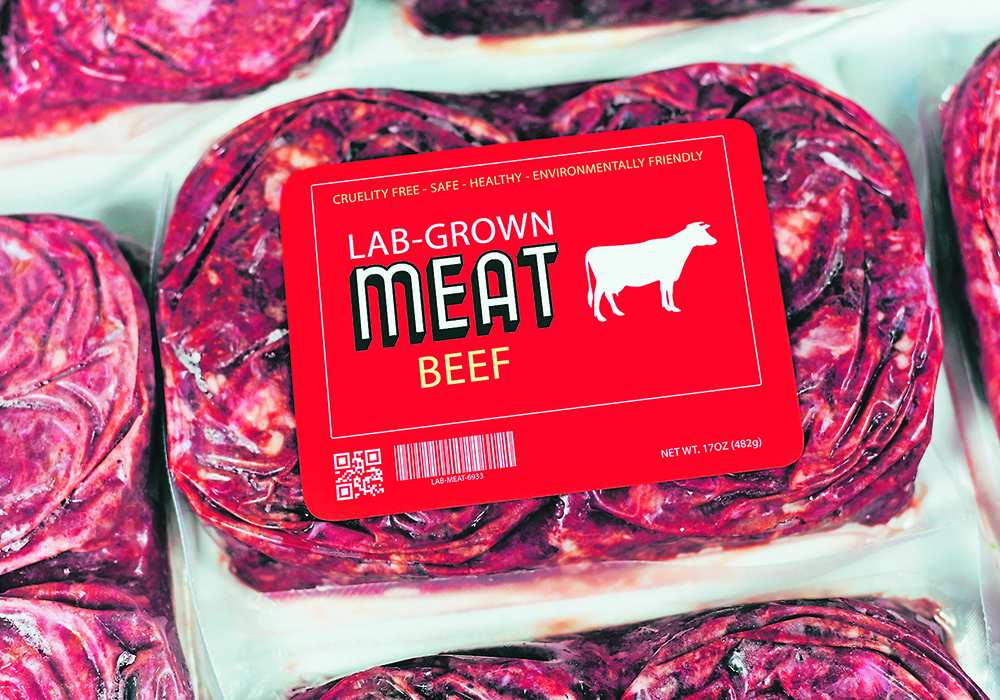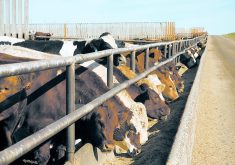WINNIPEG — There was lots of chatter but little fear about “lab meat” at the Animal Nutrition Conference of Canada.
While the grown-from-cells form of animal protein has collected an enormous amount of headlines and attention, it has been doing worse with investment capital, according to commodity market analyst Aaron Hanson.
For lab meat to become a serious competitor to animal meat, “investment has to go up, up, up to the skies, but what we’re seeing is it’s starting to flatline,” said Hanson, who covers protein markets for GlobalData.
Read Also

Feds propose overhaul of chronic wasting disease control program
Chronic Wasting disease control program getting updated by Canadian Food Inspection Agency with feedback encouraged from producers.
“That exponential growth curve has started to flatten out.”
There were a few years of incredible investment growth in lab meat companies and technologies. That occurred most notably during the pandemic. However, on the other side of the pandemic, with interest rates spiking in the face of powerful inflation, investment money has begun drying up.
“Investors aren’t so keen to just throw money away without some promise of some kind of return.”
Meat production has come under pressure from a number of directions in recent years. Vegans say it is immoral to use animals for human purposes. Climate change crusaders accuse livestock of being a major cause of greenhouse gas emissions.
Animal welfare concerns mean handling and facilities are often more costly today.
However, defenders of animal agriculture, like many of those at the conference, believe that livestock grazing and feed consumption fills a crucial role in a “circular economy” due to the ability of livestock to consume non-food substances that would otherwise be wasted.
“Very few other options are out there to convert some of the human inedible products such as grasses, such as byproducts, into something that is edible,” said Mary Beth Hall of the U.S. Department of Agriculture.
“I don’t see ruminants disappearing, livestock in general.”
Hanson said even large food companies are having trouble making the investment math work for lab meat development and expansion. It’s expensive to expand production to commercially necessary levels, and some of the technologies that work on micro levels are difficult to turn into commercially relevant facilities.
That doesn’t mean lab meat won’t likely exist in the future. It’s just that it won’t be going head to head for everyday meat shelf sales any time soon.
“I could see that in 15 years time, 10 years time, that lab meat will be a very niche thing for the sort of people who want to have their cake and eat it, as it were,” said Hanson.
Those who want “slaughter free Wagyu steak or foie gras” might be willing to pay for a lab version, but most meat eaters won’t be seeing it as an option.
“The costs are just too high,” said Hanson.
















